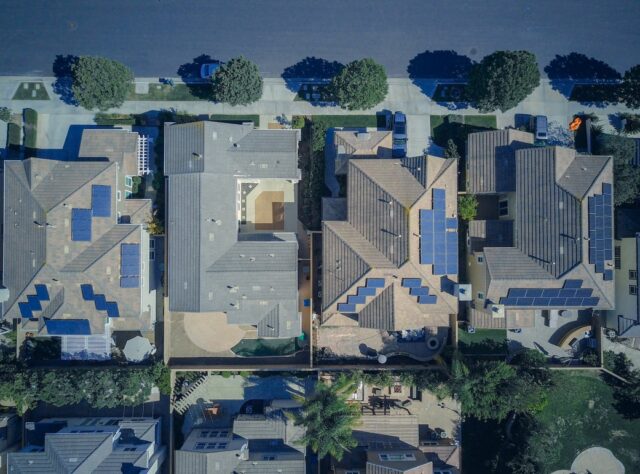
In today’s rapidly urbanizing world, the concepts of sustainability and green building have transcended buzzword status to become major components in architecture and development. Defined broadly, sustainability refers to practices that meet present needs without compromising the ability of future generations to meet their own, while green building specifically focuses on creating structures that are environmentally responsible and resource-efficient throughout their lifecycle—from design, construction, operation, maintenance, to renovation and demolition. In the heart of the South, Atlanta emerges as a beacon of such sustainable growth, showcasing a remarkable commitment to marrying urban development with environmental stewardship. The city’s endeavors, a blend of policy-driven and grassroots movements, offer insightful glimpses into the present and future of green building trends in the US.
This article explores the increasing sustainability in Atlanta due to green building trends in Atlanta’s progressive economy. This article intends to inform the public on these environmentally kind practices in the hopes of extending green trends and sustainable living as far as possible.
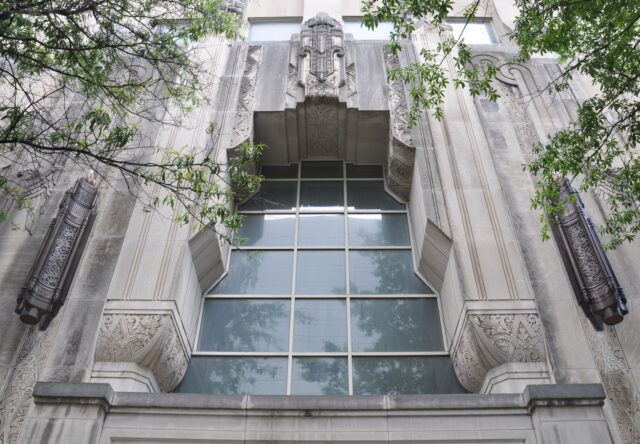
Historical Perspective of Atlanta’s Development
Historically, Atlanta’s skyline was shaped by traditional building methods that mirrored the burgeoning growth and rapid urbanization seen across many American cities during the 20th century. These practices, while monumental in shaping the city’s iconic structures, often sidelined environmental concerns, resulting in tangible impacts such as increased carbon footprints, urban heat islands, and inefficient energy consumption. However, as the environmental repercussions of these methods became more evident, Atlanta stood at a juncture. Recognizing the urgent need to shift from the status quo, the city began to embrace a new developmental ethos, encouraging sustainability and environmental consciousness. This turning point not only transformed Atlanta’s architectural landscape but also set a precedent for its future as a champion of green initiatives.
Major Green Building Initiatives in Atlanta
Atlanta’s Green Building Ordinance
This regulation mandates that all new municipal buildings and major renovations completed by an Atlanta architect meet green building standards, emphasizing the city’s dedication to sustainability. The significance of this ordinance extends beyond mere compliance, as it serves as a model for private developers and sets the tone for future sustainable developments across the city.
LEED Certification
Leadership in Energy and Environmental Design (LEED) has become a gold standard for green building worldwide. In Atlanta, the embrace of this certification has been profound. The increasing number of LEED-certified buildings in the city is a testament to its commitment to energy efficiency, reduced carbon emissions, and a healthier living environment.
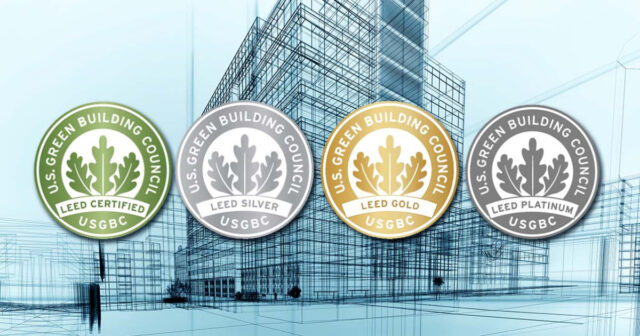
Atlanta’s 100% Clean Energy Plan
Launched with the ambition to transition the city to 100% clean energy, this plan outlines a roadmap to reduce reliance on fossil fuels and increase the use of renewable energy sources. The progress so far has been commendable, with significant investments in solar infrastructure and community outreach programs to promote energy efficiency.
Popular Sustainable Building Trends in Atlanta
Green Roofs
Atlanta has witnessed a surge in the adoption of green roofs, which not only beautify structures but also play a pivotal role in reducing the urban heat island effect. Landmarks like Ponce City Market exemplify this trend, showcasing the dual benefits of aesthetics and temperature regulation.
Solar Panels
The skyline of Atlanta is increasingly dotted with solar panels, reflecting the city’s commitment to harnessing renewable energy. These panels, supported by city incentives, offer the twofold advantage of decreasing carbon footprints and reducing energy bills for inhabitants.

Rainwater Harvesting Systems
As water conservation becomes paramount, many buildings in Atlanta have integrated rainwater harvesting systems. These systems capture and store rainwater, subsequently reducing the strain on municipal water supplies and ensuring sustainable water use.
Energy-Efficient Architectural Designs
Buildings in Atlanta are increasingly being designed with features like passive solar design and natural ventilation. Such architectural innovations not only reduce energy consumption but also offer inhabitants a comfortable living environment irrespective of the season.
Recycled Building Materials
Embracing sustainability at the foundational level, Atlanta’s constructors are increasingly turning to locally-sourced and recycled materials. This not only reduces the environmental impact of transportation but also promotes a circular economy within the construction sector.
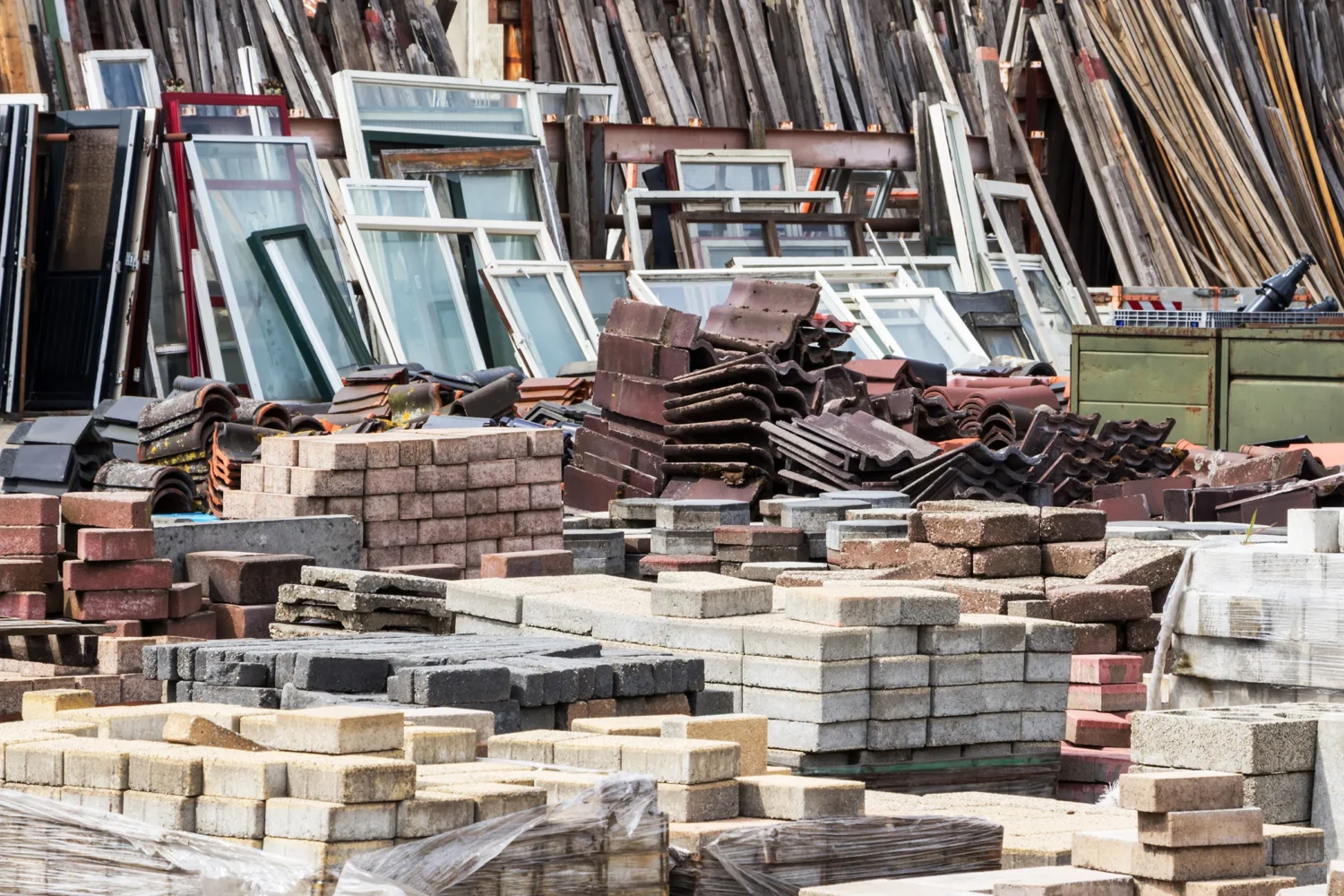
Case Studies
Case studies provide tangible illustrations of Atlanta’s commitment to sustainable development, and among the most prominent is the Southface Institute. Serving as a living testament to sustainable practices, the institute champions green building education, research, and advocacy, effectively shaping Atlanta’s environmental dialogue. Meanwhile, Ponce City Market, with its rich historical roots, has been reimagined and renovated with sustainability at its core, merging the past with environmentally conscious innovations. Equally significant is Atlanta’s BeltLine, a transformative urban renewal project that not only prioritizes green transit options, such as walking and cycling paths, but also fosters profound community engagement, solidifying Atlanta’s reputation as a city that seamlessly blends urbanization with environmental mindfulness.
Community Engagement and Future Directions
Community involvement stands as the backbone of Atlanta’s sustainable evolution, with grassroots movements and initiatives acting as catalysts for change in the realm of green building. These community-driven endeavors are complemented by a plethora of educational opportunities, ranging from workshops to courses and seminars, targeting architects, builders, and the general public. Such collective learning and activism serve as a foundation for the city’s ambitious future vision. As Atlanta steps into the next decade, projections indicate a continued upward trajectory in sustainable building practices, setting tangible goals like increased LEED certifications, greater integration of renewable energy sources, and widespread adoption of water conservation technologies. This confluence of community engagement and forward-thinking policies paints a promising picture of Atlanta’s sustainable future.
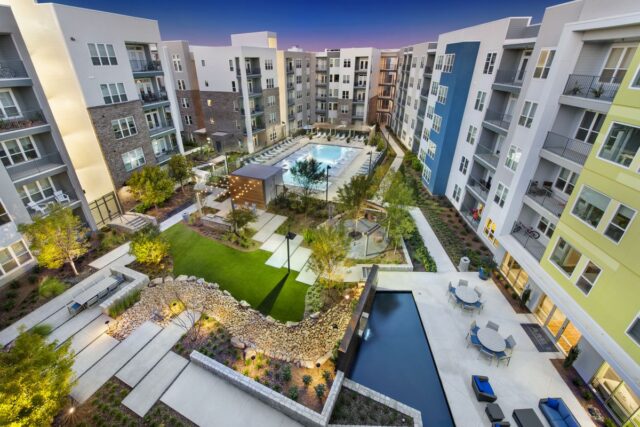
Atlanta’s journey from traditional urban development to one of sustainability exemplifies the profound impact of community engagement, policy reform, and innovative architectural trends. As the city continues to evolve, its commitment to green building and sustainable practices sets a benchmark not only for other American cities but for urban centers worldwide. Embracing both its historical roots and forward-thinking vision, Atlanta stands as a testament to the potential of marrying progress with environmental stewardship.














